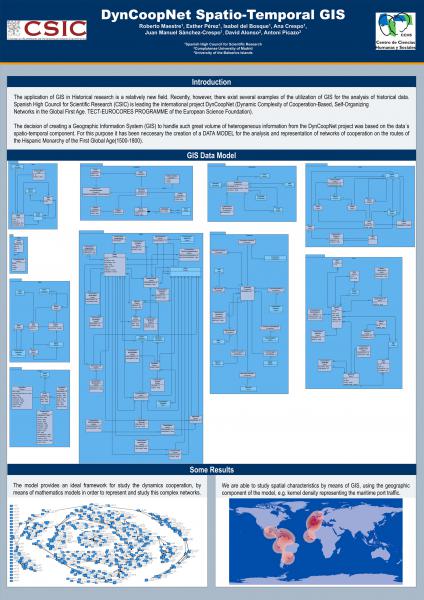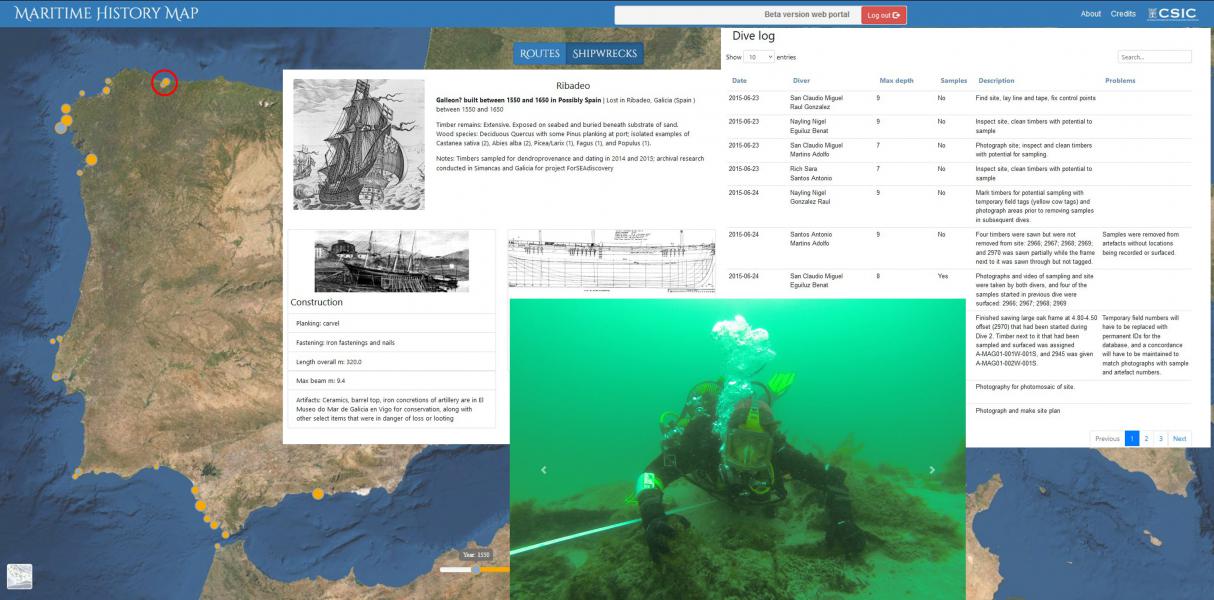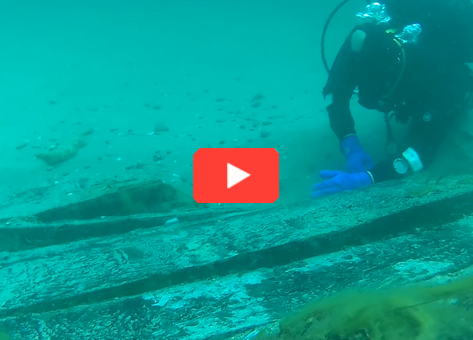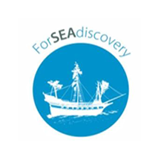Maritime History and Atlantic Trade in the First Global Age
DynCoopNet & ForSEAdiscovery

The DynCoopNet & ForSEAdiscovery projects analyze different aspects of global navigation in the Modern Age, both the actors involved and the routes that were sailed, as well as the processes involved in the construction of the ships used.

"In the Early Modern Age (16th-17th centuries), Atlantic trade and the construction of ocean-going ships was paramount to the development of cultural encounters in what became the Age of Discovery and European expansión."
Dra. Ana Crespo Solana
Investigadora científica del IH-CSIC e IP de ambos proyectos.
The DynCoopNet Project links two large blocks of historical information collected from heterogeneous data sources. On the one hand, the life cycle of the ships, which includes information on each of their voyages, with their respective ports of call, detailing the port of departure, the stages and the port of destination, as well as the commercial transactions carried out in each of the ports and the incidents of each voyage. On the other hand, information is collected on the cooperation relations established by the different agents in various geographical locations.
The DynCoopNet (Dynamic Complexity of Cooperation-Based Self-Organizing Commercial Networks in the First Global Age) project focuses on the study of the life of ships and the collection of information on the cooperative relationships established by Agents in different geographical locations.
The decision to create a Geographic Information System (GIS) to handle the large volume of heterogeneous information of the DynCoopNet project was based on the spatio-temporal component of the data. To this end, it has been necessary to create a 'data model' for the analysis and representation of cooperation networks on the routes of the Hispanic Monarchy of the First Global Age (1500-1800).
DynCoopNet spatio-temporal GIS data model and results
The ForSEAdiscovery (Forest resources for Iberian Empires: Ecology and Globalization in the Age of Discovery) project, focuses on ships in particular, on those that were wrecked mainly in the Carrera de Indias, but also on the trade routes that were established in the period between the 16th and 17th centuries. It also focuses on the study of wood and the results of its analysis.
The project analyzed how these trade networks were organized and what incidents occurred to the ships that covered these routes (mainly shipwrecks). ForSEAdiscovery aims to compile information from historical literature, contemporary treaties and archival documents on the use of wood in shipbuilding.
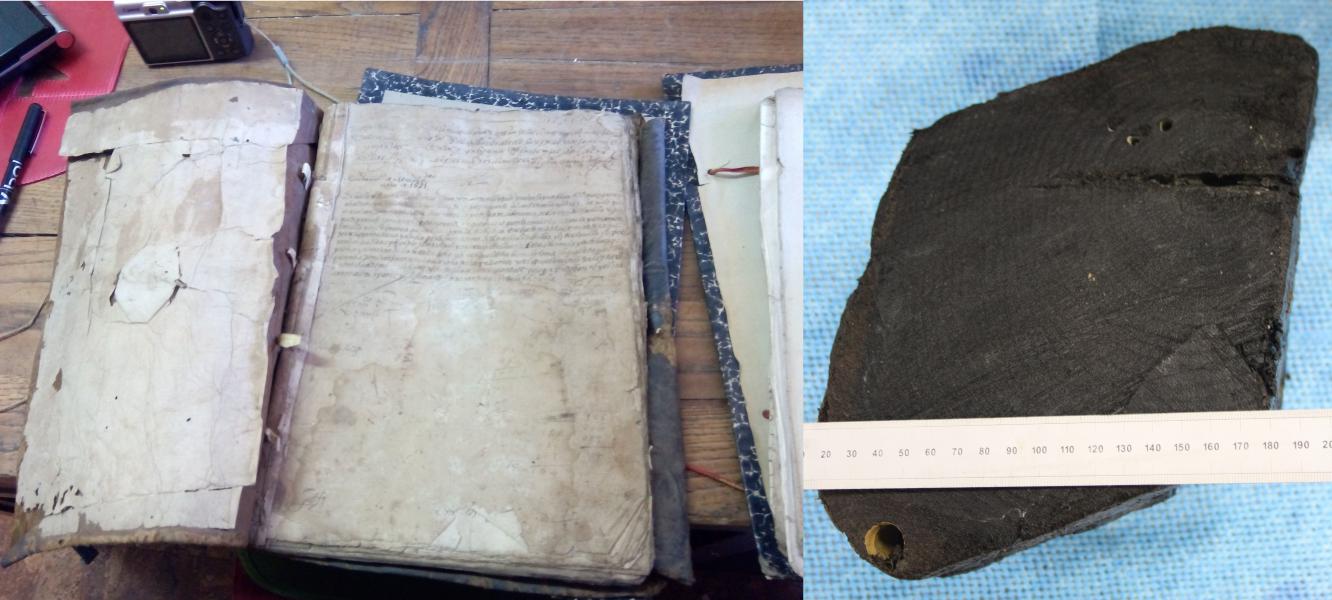
Source: forseadiscovery.wordpress.com
The aims of the project are:
ii) to increase the background and experience of trainees in the different research areas, by engaging the fellows in training courses and workshops aimed at developing their scientific, communication, and management skills; and
iii) to develop their transferable skills for future careers in academia or the private sector whilst advancing the research fields through the integration of research tools, development of reference datasets and new discoveries.
The 'database' is structured around two main sets: historical shipwrecks (those shipwrecks documented by written sources located in archives and bibliographic references) and archaeological shipwrecks whose knowledge comes from archaeological interventions. This project will address questions such as: could Iberian forest resources sustain the increasing demand of sound timber, or was the wood imported from northern Europe? If so, how were the trade networks organized?
A Maritime History GIS has been developed that integrates data and information from both projects (DynCoopNet & ForSeaDiscovery) and opens new lines of research closely related to Digital Humanities.
DynCoopNet included a previous database (CrespoDynCoopNet DATA Collections) available in Access format, through Digital CSIC, digital.csic.es/handle/10261/28394


ForSeaDiscovery has consolidated an emerging and novel line of research which combines historical research, underwater archaeology, GIS and wood derivation methods (dendrochronology, wood anatomy and geo / dendrochemistry), becoming a clear reference within the line of Digital Humanities (DH).
One of the work lines is the open publication of the spatial and historical information of the projects. To this end, we are working on the creation of a Map Viewer and standard web services (Web Map Service) to promote data interoperability and research results. The Map Viewer will show information related to global trade ships and wrecks using data extracted from the dives (dendrochronological analysis, constructive analysis, bibliography, etc.). The ports will show which ships docked in them, and all known information about them (charterer, captain, merchandise, dimensions, flag, bibliography, etc.).
Maritime History GIS
For this purpose, all ports included in the databases have been georeferenced and the journeys connecting them are ploted through the digitalization of 52 maritime routes.
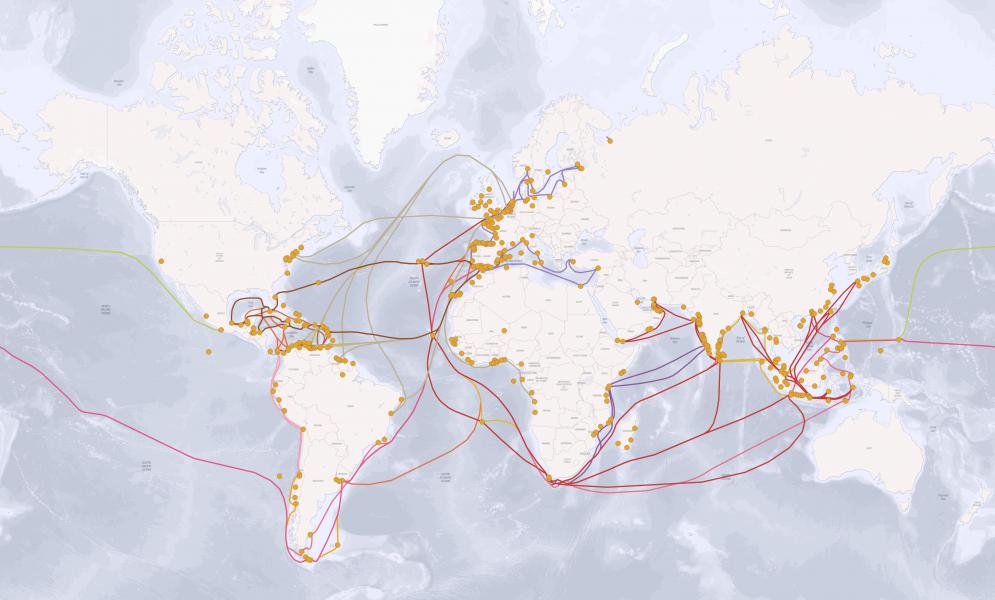
Ports and routes display.
Cases like the Ribadeo Galleon site (that is one of the different studies analysed) can be consulted on the project's website and Digital CSIC, digital.csic.es/handle/10261/201926
Underwater archaeologists working on the Galleon Ribadeo 1.
Source: Iberia Nautical
P.I.: Ana Crespo Solana - IH (CSIC)
Specialized in Economic History of the Modern Age and, particularly, in the study of the European colonial and commercial expansion on the Atlantic World and its impact in the socioeconomic and cultural sphere.
read more...
